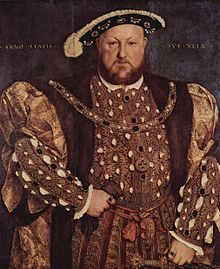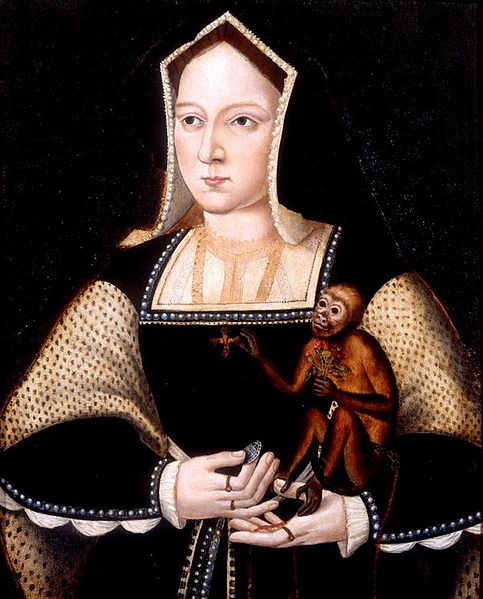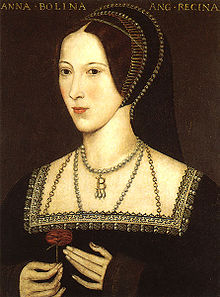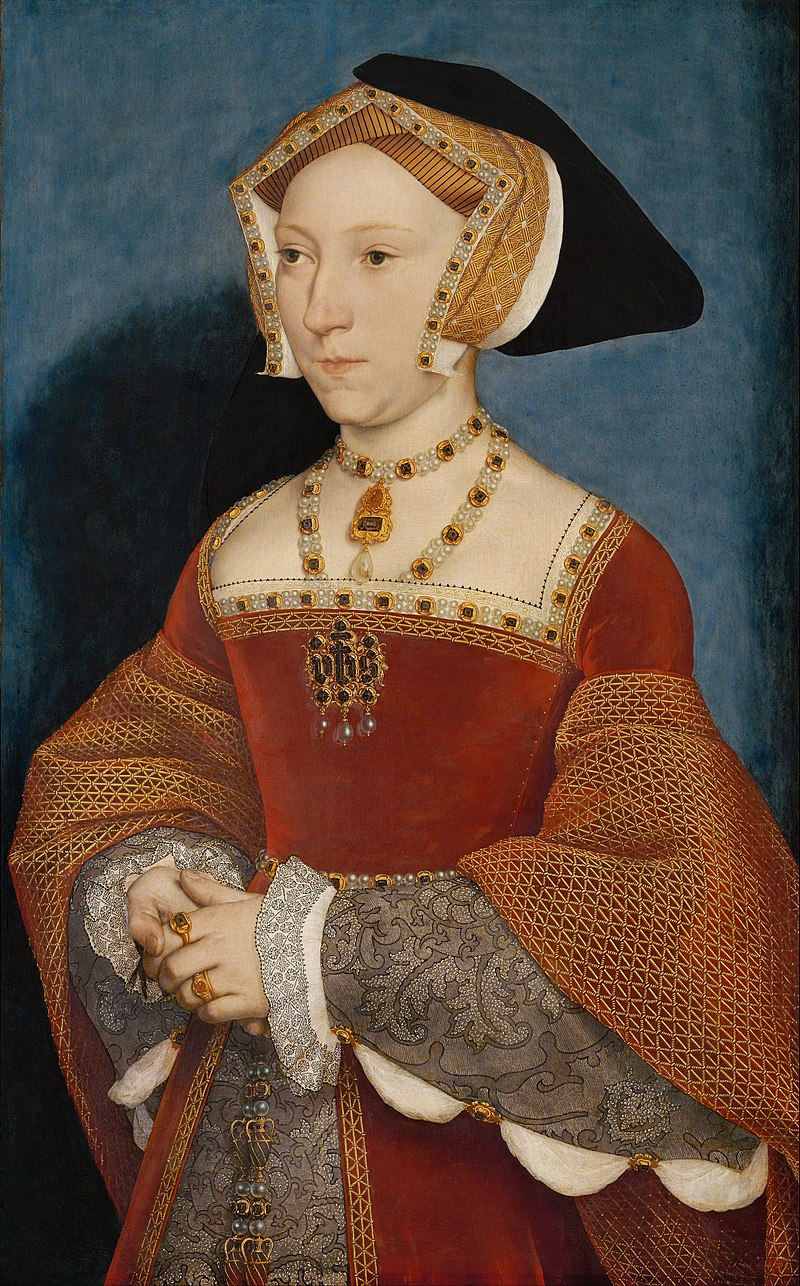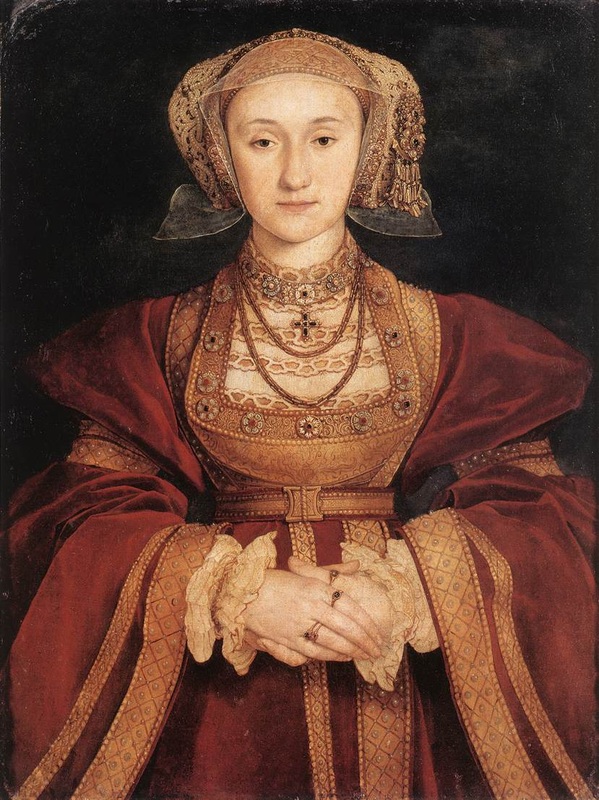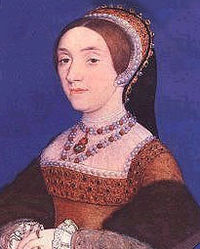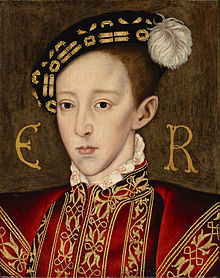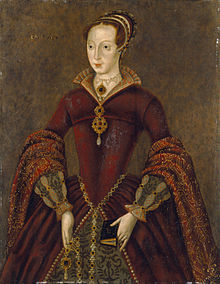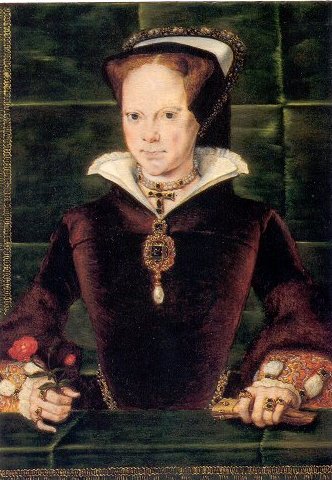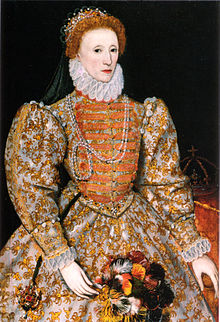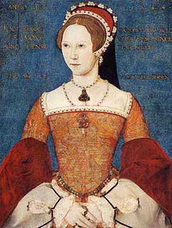
Her birth held so much promise, but it was followed by neglect, banishment, and harsh threats from those who were supposed to be her family and supporters. Being the first surviving child of Henry VIII and Katherine of Aragon, she was pronounced the "most precious jewel" in the Kingdom, but later suffered much pain. Not only was she a relatively sickly girl - suffering from irregular menstruation and depression, but she dealt with a great deal of torment and agony when she was young. She was thrust out of the line of succession and declared a bastard when her parents' marriage was annulled, she was forbidden to see her mother once Katherine was sent away from court, and she was forced to endure the mockery and torment brought upon her by the King's second wife, Anne Boleyn, who made no secret of her desire that Mary would die - (she even threatened to kill her herself!). After two failed attempts at betrothals in her childhood, Mary was also forced to care for her half-sister Elizabeth, who was named a Princess instead of her.
Can we just imagine how difficult Mary's life was from the start? By the time she was twenty years old, Mary had already suffered more hardships than I can even imagine, yet she retained her faith and confidence in the Catholic religion, which she would hold onto all of her life.
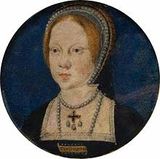
Now, the whole "Bloody Mary" thing really gets to me. While it is true that Mary's sole goal in her life was to return England to the Catholic faith, and that she persecuted Protestants in her efforts, it's important to look at her actions compared to other monarchs of her time. Here's an interesting fact for you:
Mary Tudor had fewer than 300 Protestants burnt at the stake during her reign, while 57,000 Protestants and Catholics were executed during her father Henry VIII's reign, and estimates of tens of thousands were executed during Elizabeth I's reign.
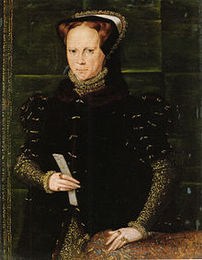
Mary really led a difficult life, and I don't think anyone can deny that. After a terribly difficult and depressing childhood, she fell hopelessly in love with her Spanish husband, though he did not return her affections. Twice during her reign she suspected herself to be pregnant (which was her greatest wish), only to find out that she really had some sort of cancer (stomach or uterine, most likely), which caused swelling and pain and would ultimately lead to her death. The English people were glad to see her reign come to an end after only 4 1/2 years on the throne, and they welcomed her younger sister Elizabeth, who had always been Mary's rival.
Isn't it safe to say that Mary was perhaps a rightfully bitter woman toward the end of her life? And yet, what strength she had. She was always considered to be very kind and generous also, which is very contrary to many modern-day portrayals of her, and which many people do not know. She was not the harsh, murdering, evil tyrant that she is remembered as, and it is especially sad to note that she once said during her life that she must be "the most unhappy lady in Christendom."
I hope my readers will recognize Mary Tudor for who she really was, and not only remember her for her faults and misfortunes. Next time you see or hear someone use the name "Bloody Mary," remember what I said! Do some research on her, get to know her, and stick up for her! Mary deserves some love too.



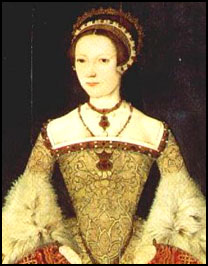

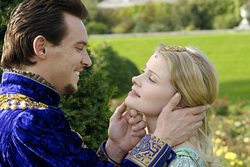



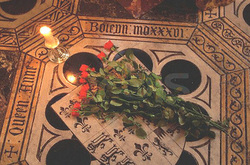





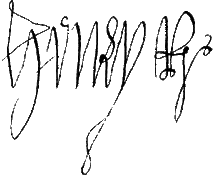


 RSS Feed
RSS Feed
